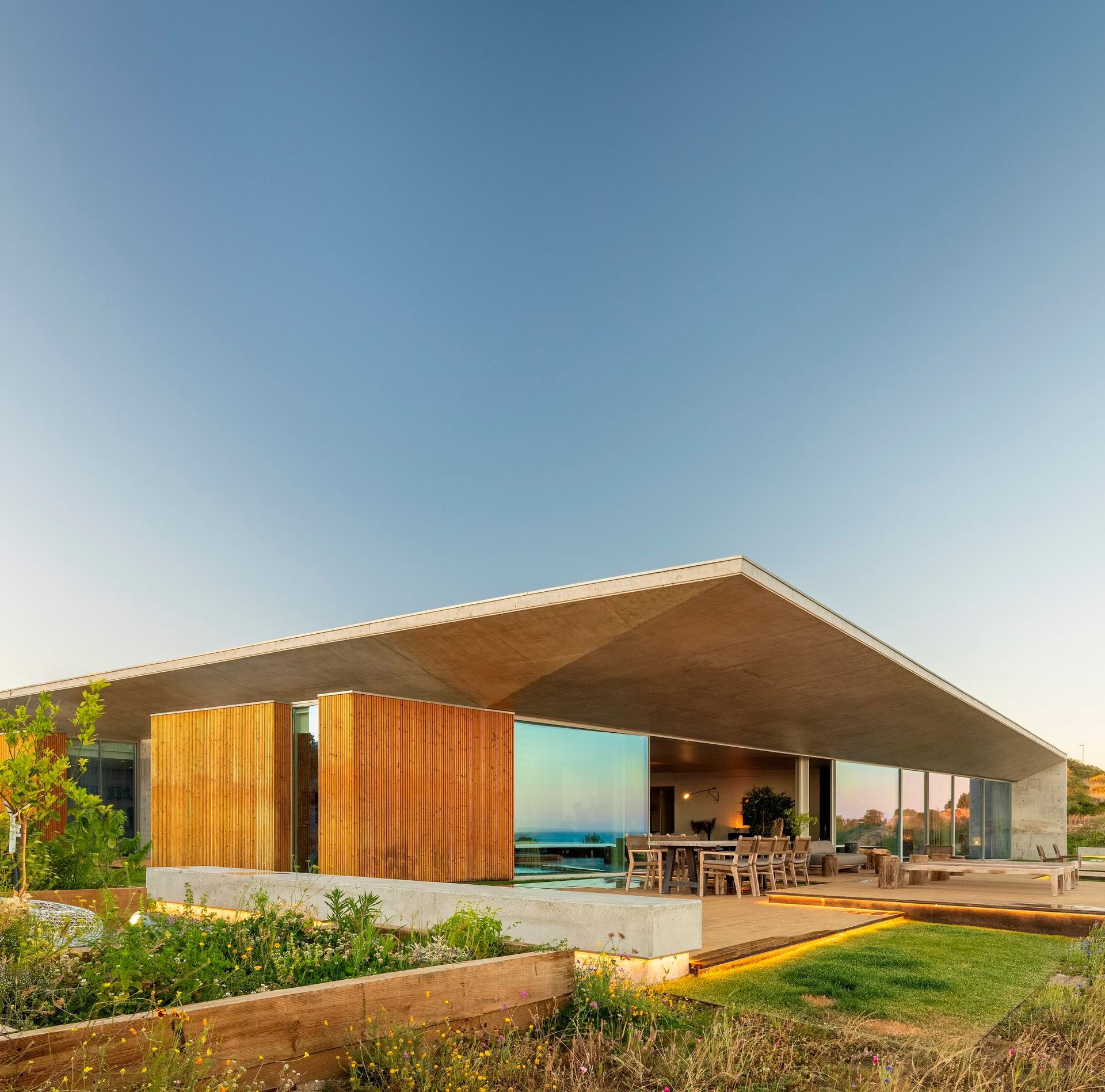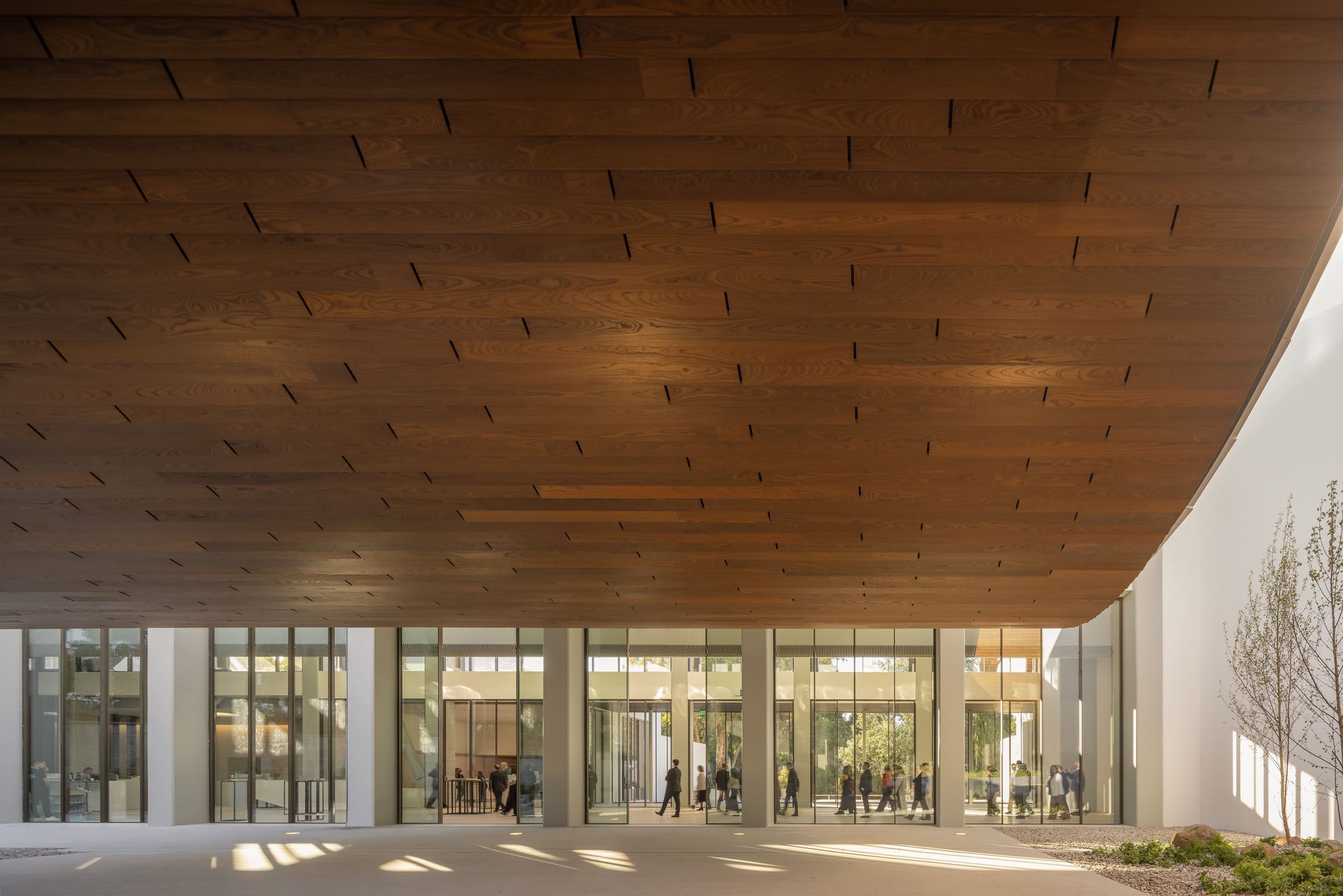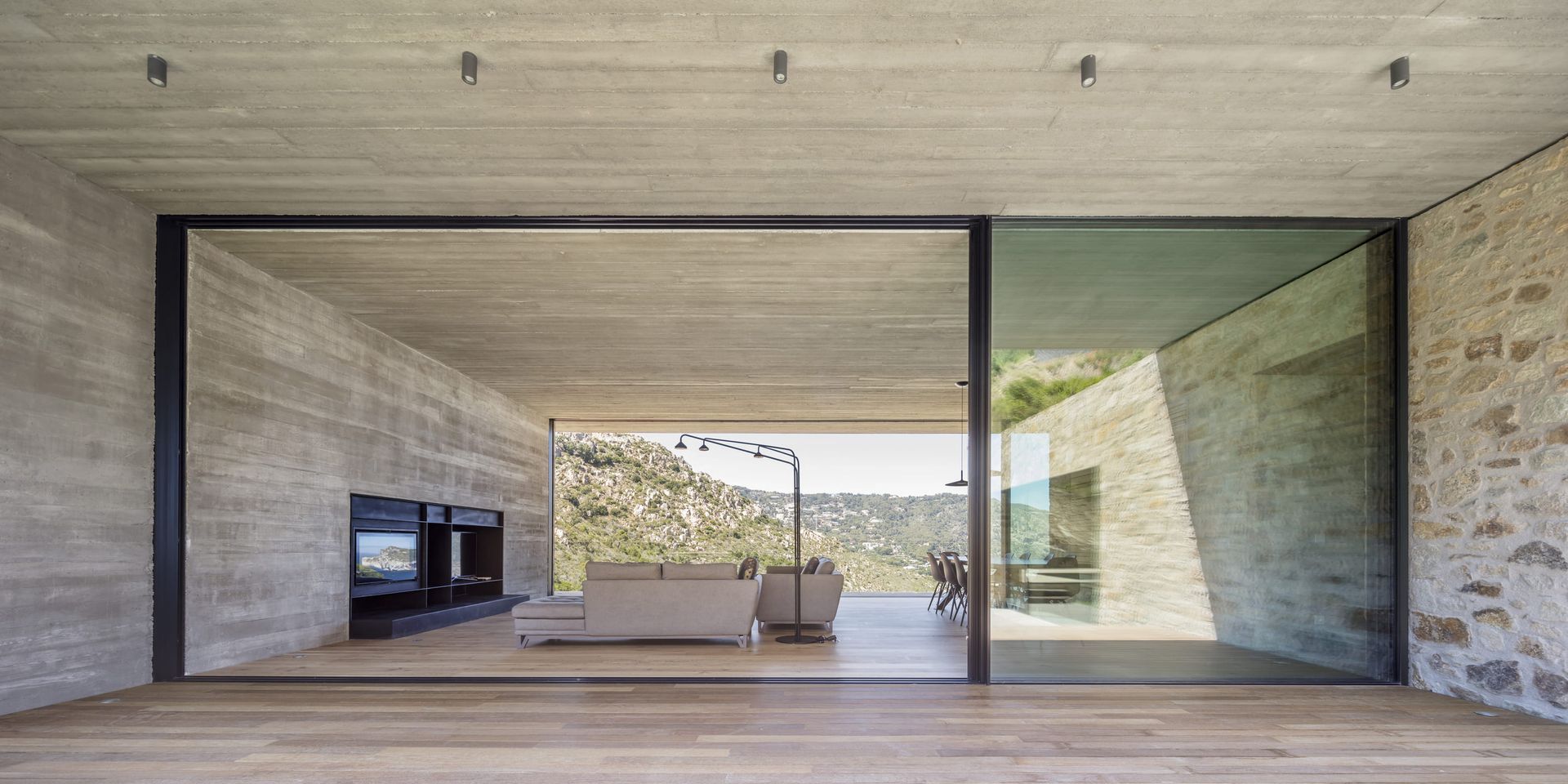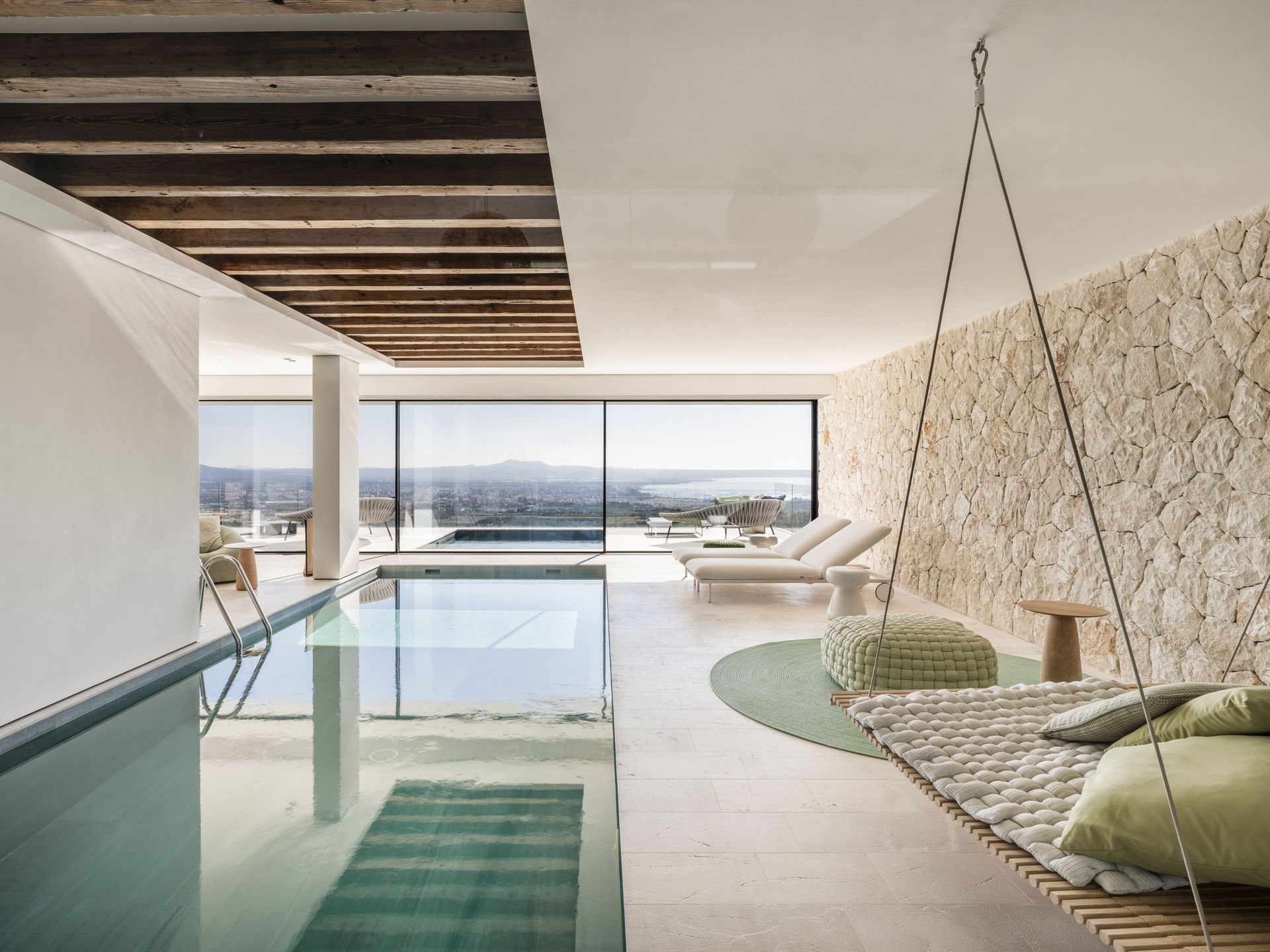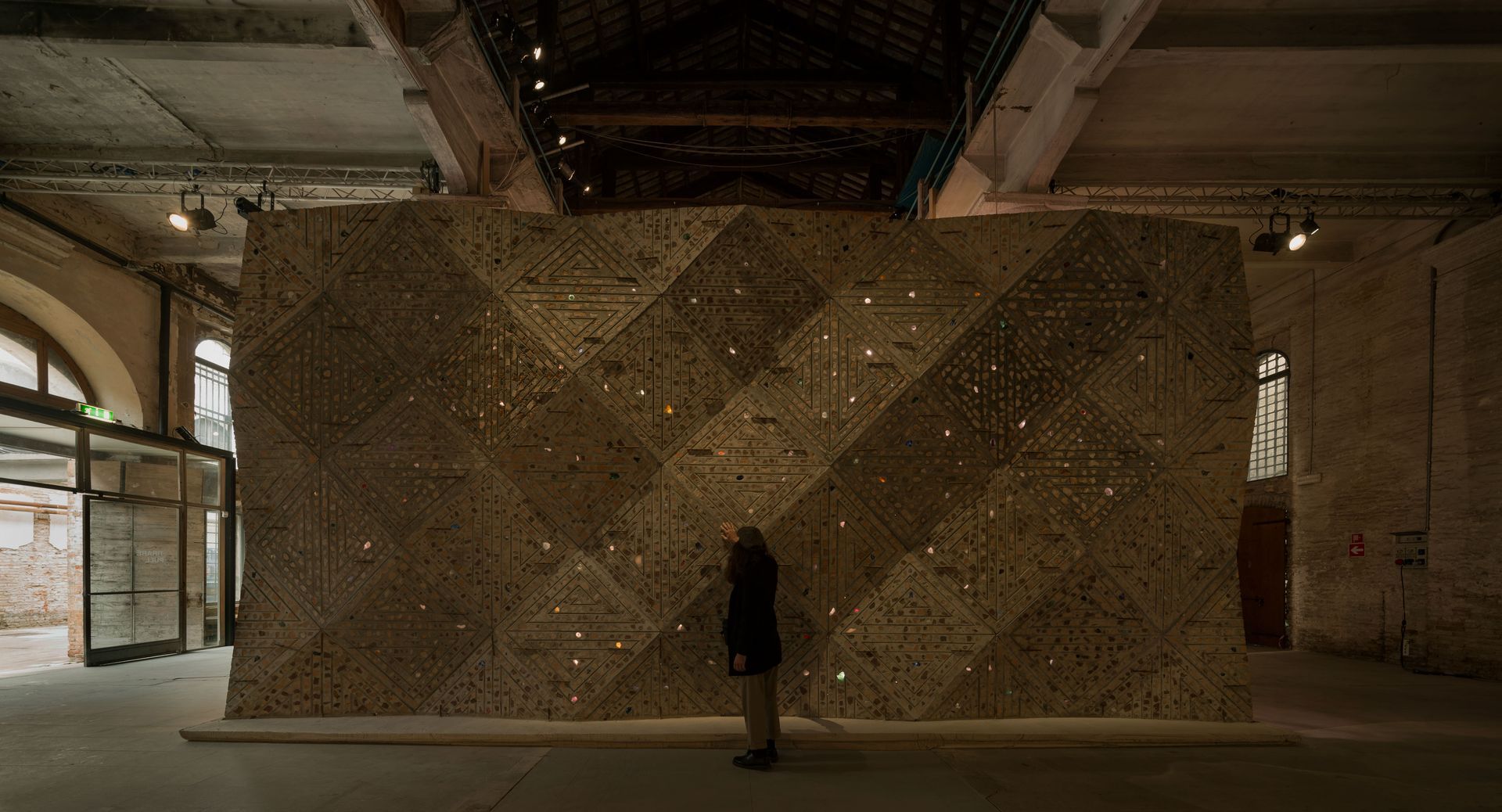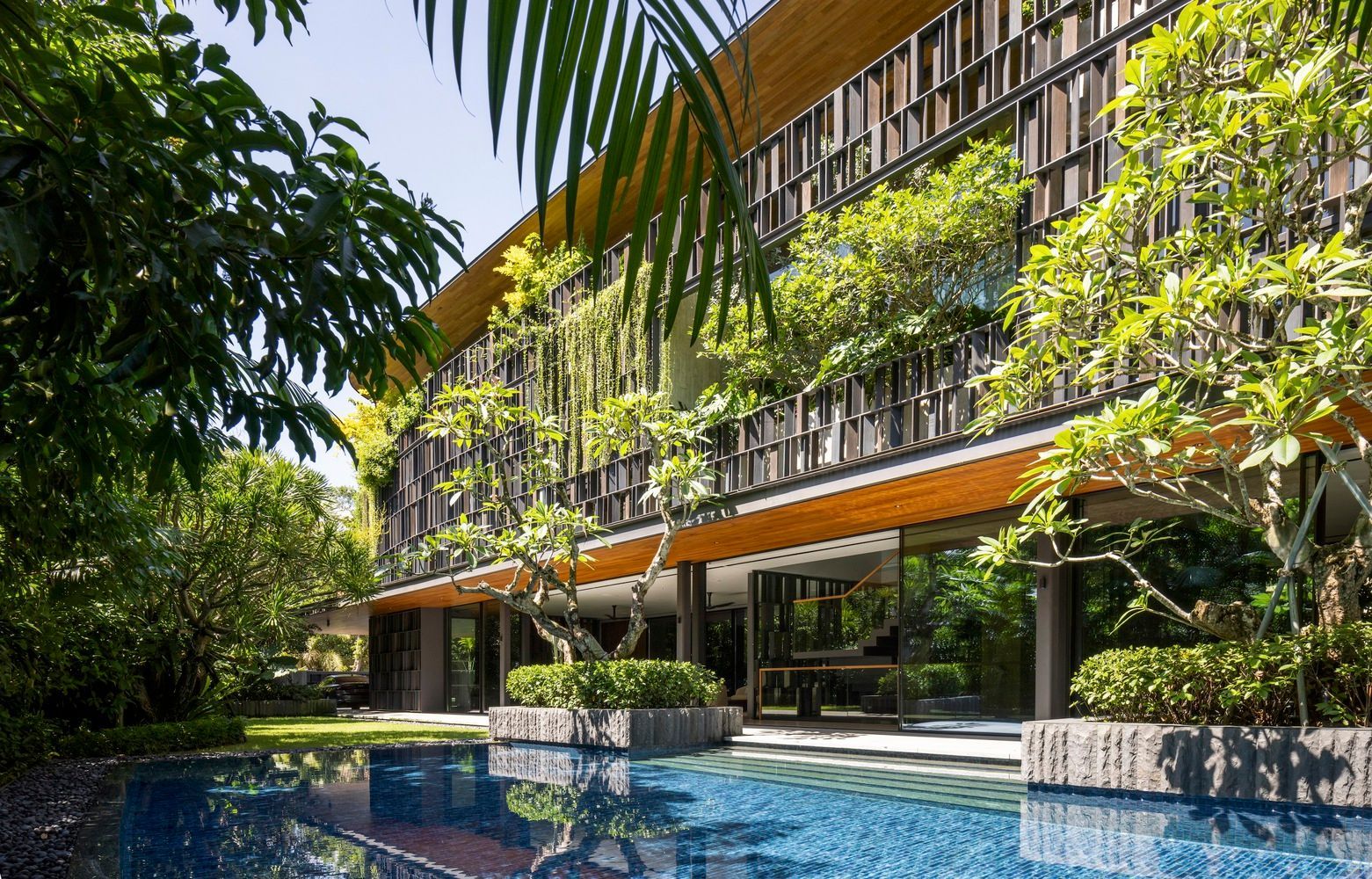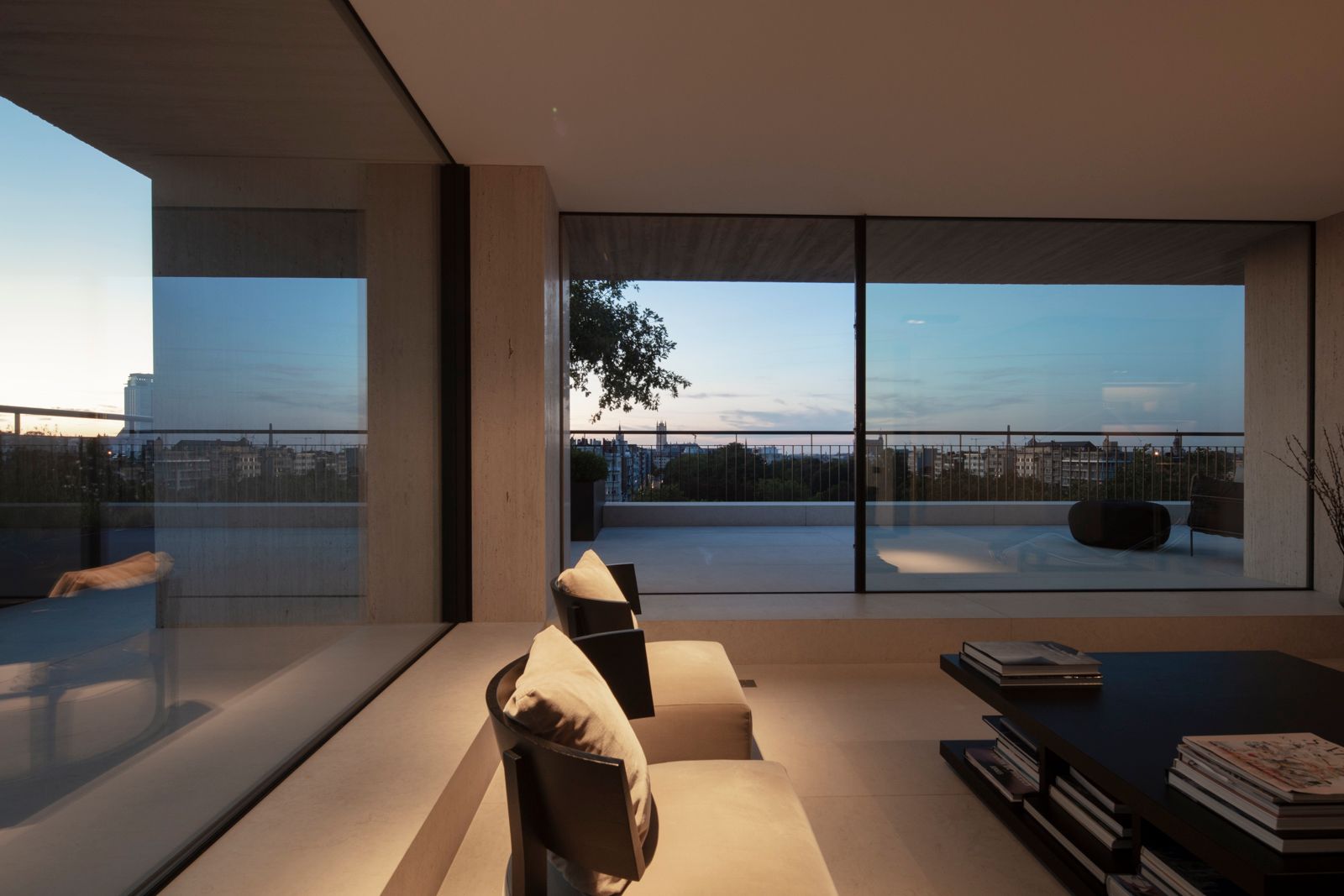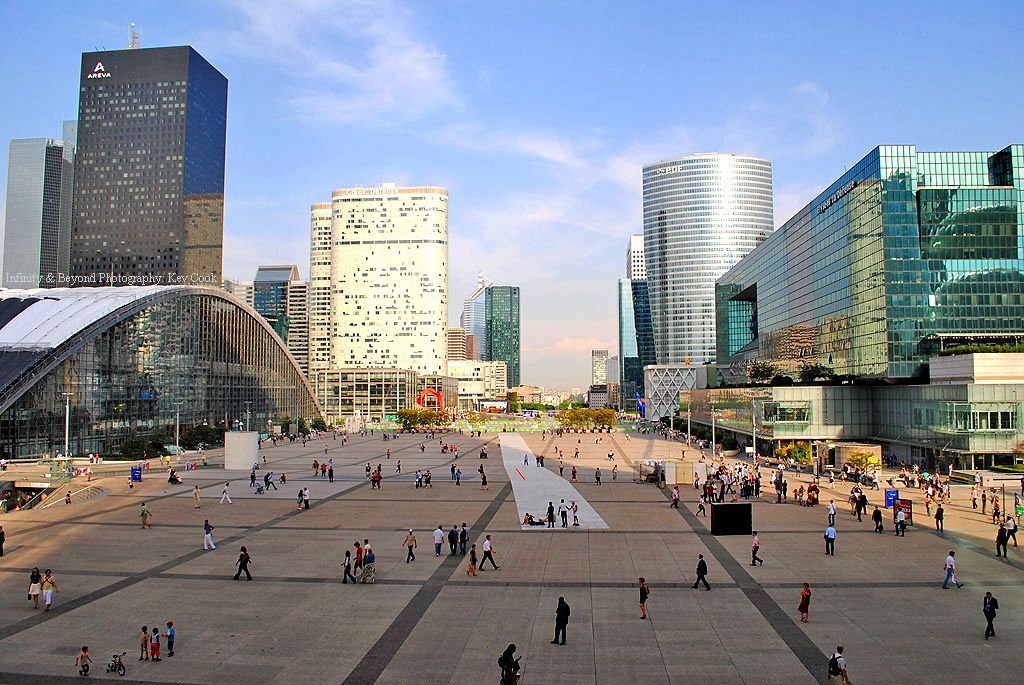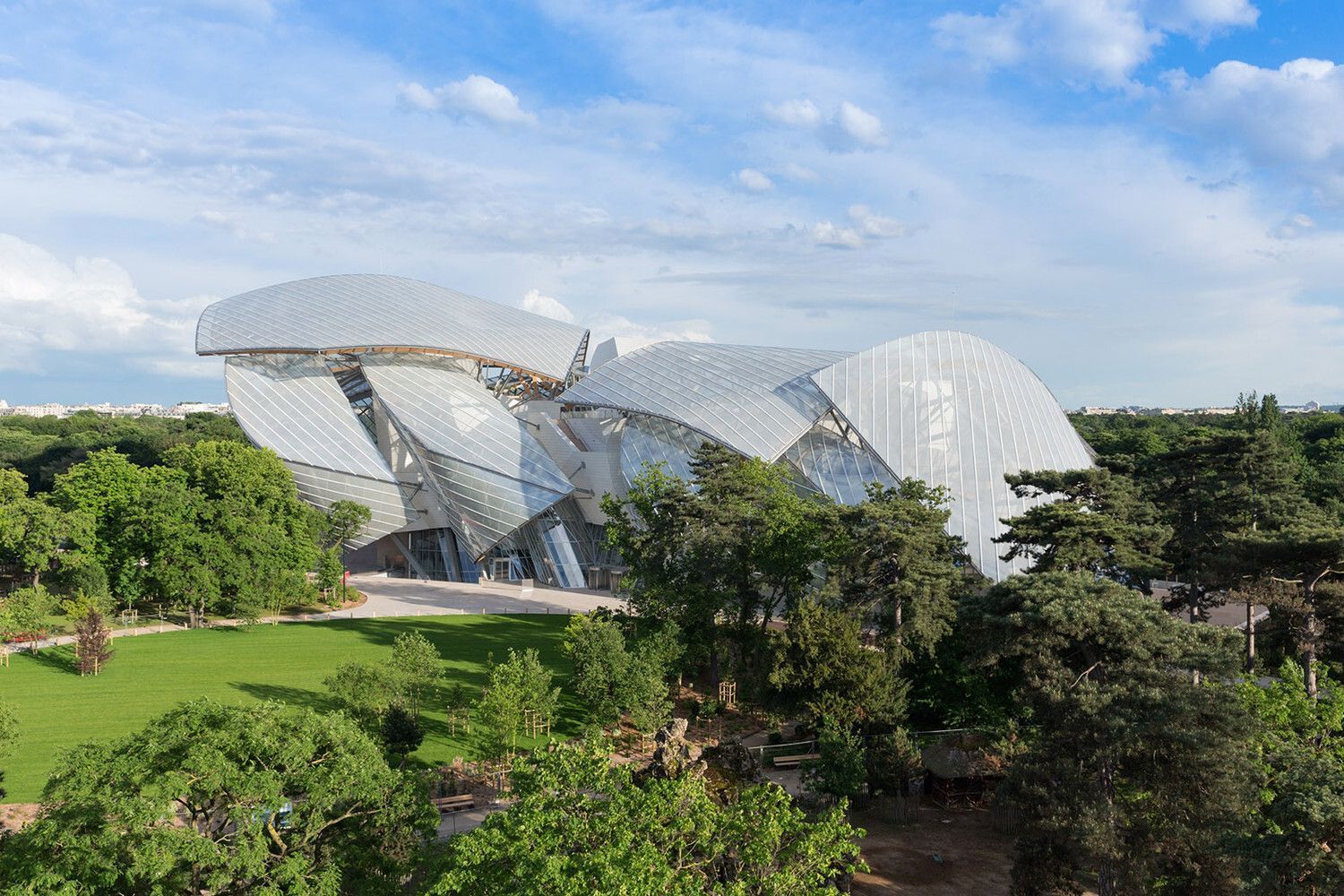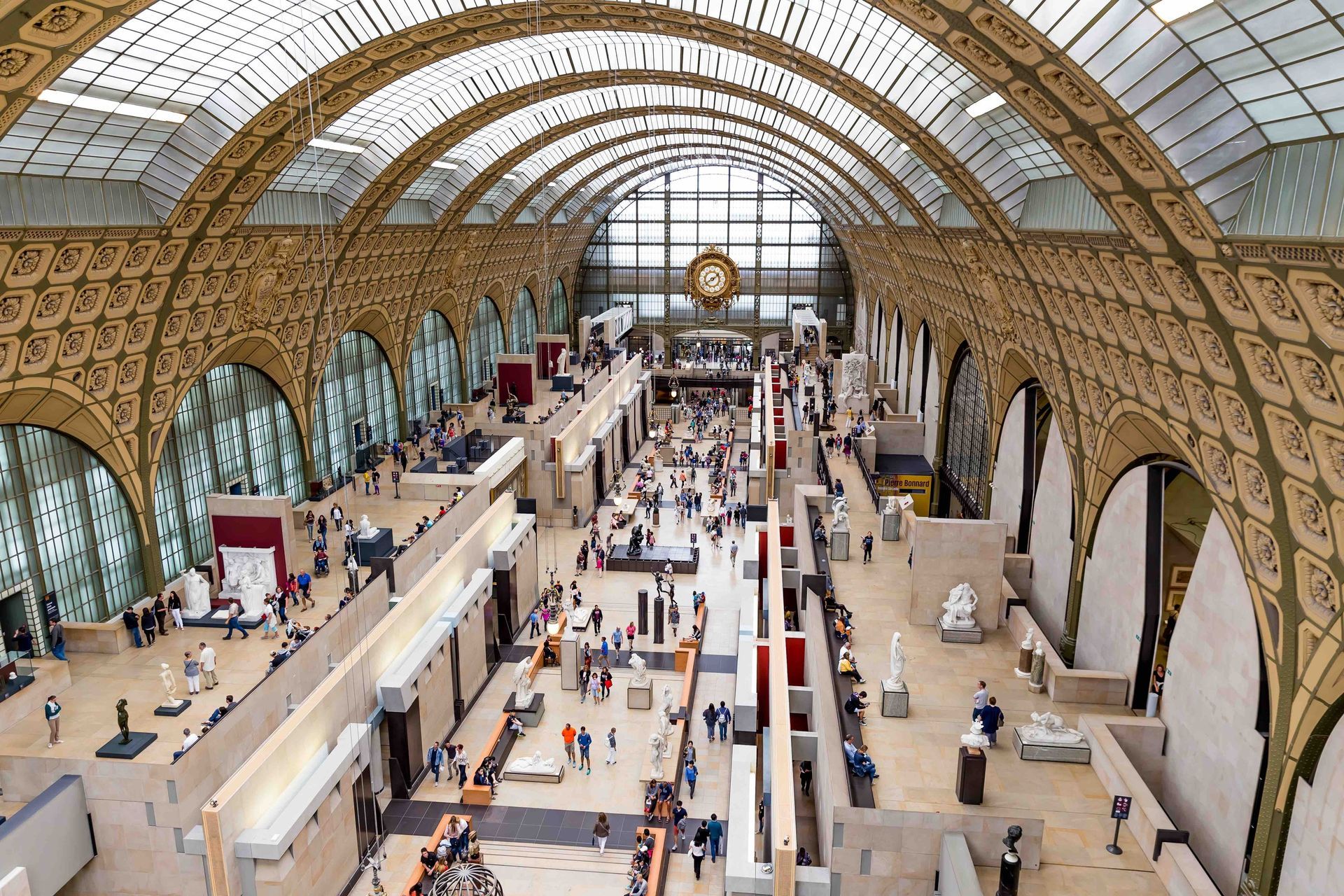Exploring Paris Through Architecture: A Guide to Iconic Cultural Projects During the 2024 Olympics
As the 2024 Olympic Games kick off in Paris today, the world's attention will turn to this vibrant city, known not only for its athletic prowess, but also for its rich architectural heritage. At OTIIMA, we are excited to celebrate this momentous event by highlighting some of Paris' most iconic architectural projects. Whether you're visiting for the Games or simply interested in exploring Paris' architectural gems, this guide will take you through some of the city's most significant and innovative cultural landmarks.
1. The Eiffel Tower
No visit to Paris is complete without seeing the Eiffel Tower. Built in 1889 for the Universal Exhibition, this wrought-iron monument designed by Gustave Eiffel remains a symbol of Parisian elegance and engineering excellence. Its unique lattice structure and panoramic views of the city make it a must-see.
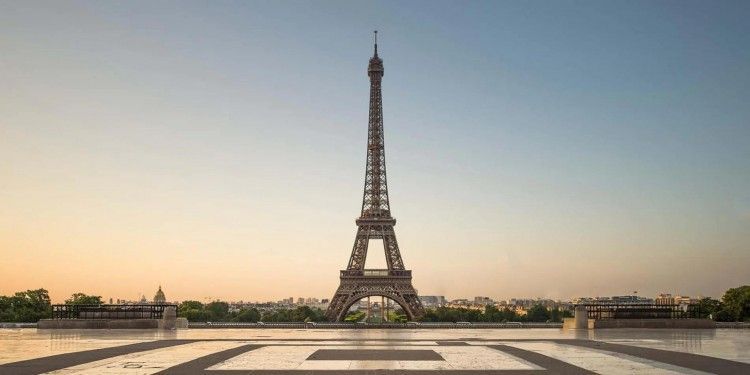
2. The Louvre Museum
Home to the Mona Lisa and countless other masterpieces, the Louvre is not only a world-renowned museum but also a marvel of architecture. Its glass pyramid entrance, designed by architect I.M. Pei, seamlessly blends modern design with the historic grandeur of the palace.
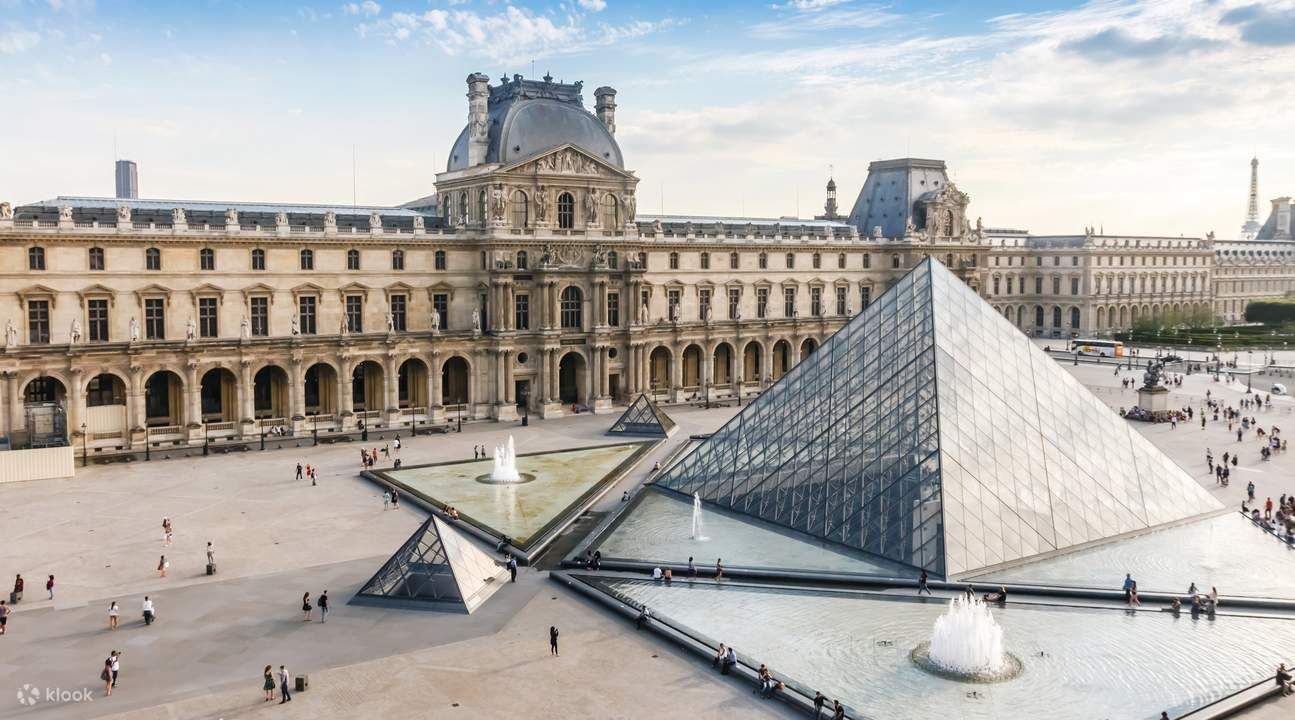
3. Centre Pompidou
An icon of contemporary architecture, the Centre Pompidou is famous for its exposed structural elements and colorful exterior. Designed by Renzo Piano and Richard Rogers, this cultural center houses a vast collection of modern art and is a testament to Paris' dedication to innovative design.
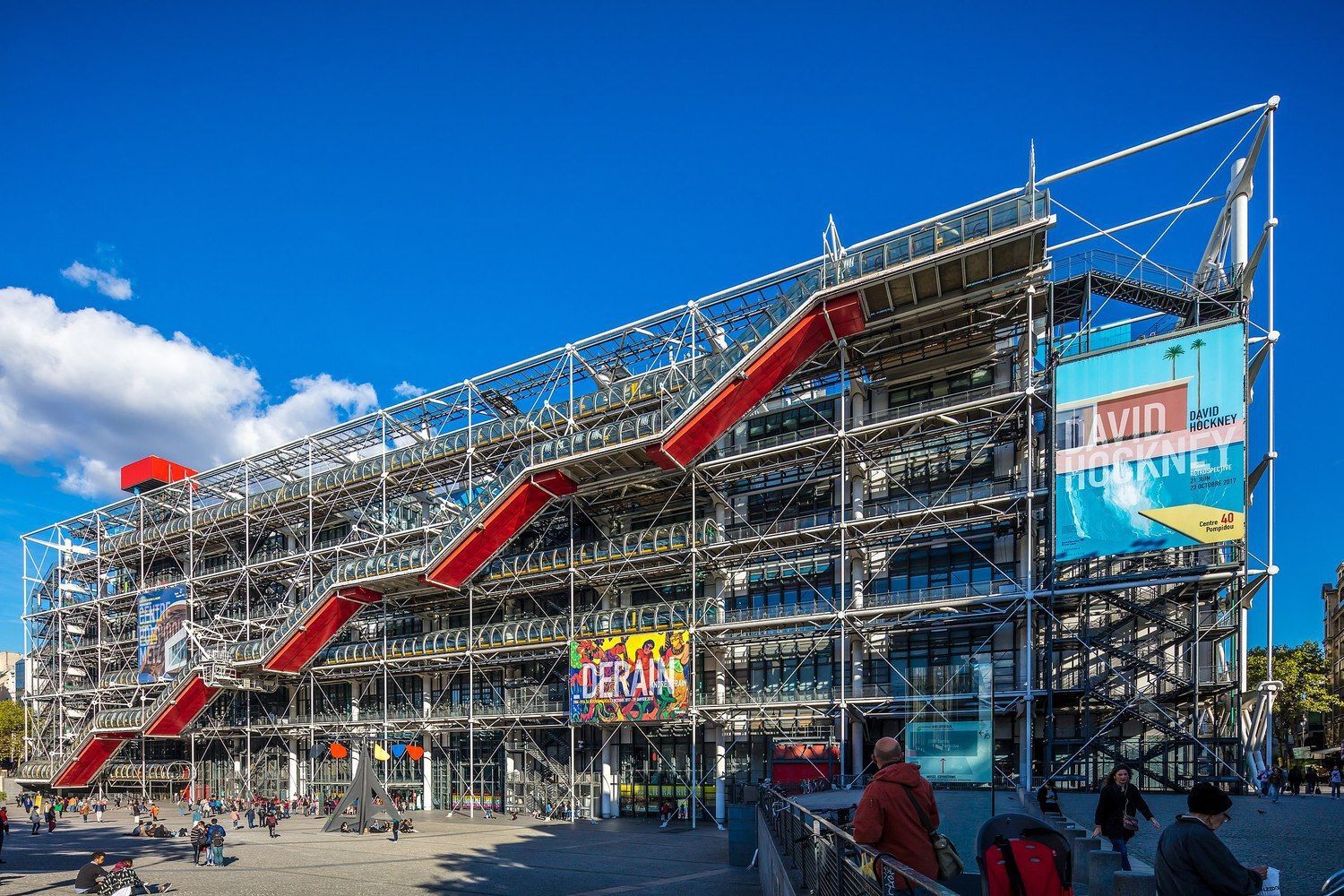
4. La Défense District
For a glimpse of Paris' modern architectural landscape, the La Défense district offers a striking contrast to the city's historic heart. The Grande Arche, designed by architect Johan Otto von Spreckelsen, is a modern counterpart to the Arc de Triomphe and symbolizes France's commitment to forward-thinking architecture.
5. Fondation Louis Vuitton
Nestled in the Bois de Boulogne, the Fondation Louis Vuitton is a contemporary art museum designed by Frank Gehry. Its fluid, sail-like structure and glass panels create a dynamic interplay of light and form, reflecting the innovative spirit of the 21st century.
6. Musée d'Orsay
A former Beaux-Arts train station, the Musée d'Orsay has been transformed into a world-class museum of Impressionist and Post-Impressionist art. The restored grandeur of the building and its vast glass roof offer a glimpse into the architectural evolution of Paris from the late 19th century.
7. Paris Philharmonie
Designed by Jean Nouvel, the Paris Philharmonie is a stunning example of modern concert hall design. Its unconventional, shimmering facade and acoustically optimized interior make it a premier destination for music lovers and architecture enthusiasts alike.

8. Palais Garnier
An iconic symbol of Parisian opulence, the Palais Garnier, or Paris Opera House, is famous for its lavish interiors and grand staircase. Designed by Charles Garnier, this 19th century building epitomizes the grandeur of the French Baroque Revival.

9. Cité du Cinéma
Designed by architect Luc Besson, the Cité du Cinéma is a modern film studio complex that combines functionality with aesthetics. Its innovative design supports the creative process while reflecting the artistic spirit of the film industry.

10. La Seine Musicale
Located on Île Seguin in the Seine River, La Seine Musicale is a cultural complex designed by Shigeru Ban and Jean de Gastines. This modern building is a striking sail-like structure of wood and glass that houses concert halls and performance spaces. It exemplifies the harmonious blend of natural materials and innovative design, making it a significant addition to the cultural landscape of Paris.
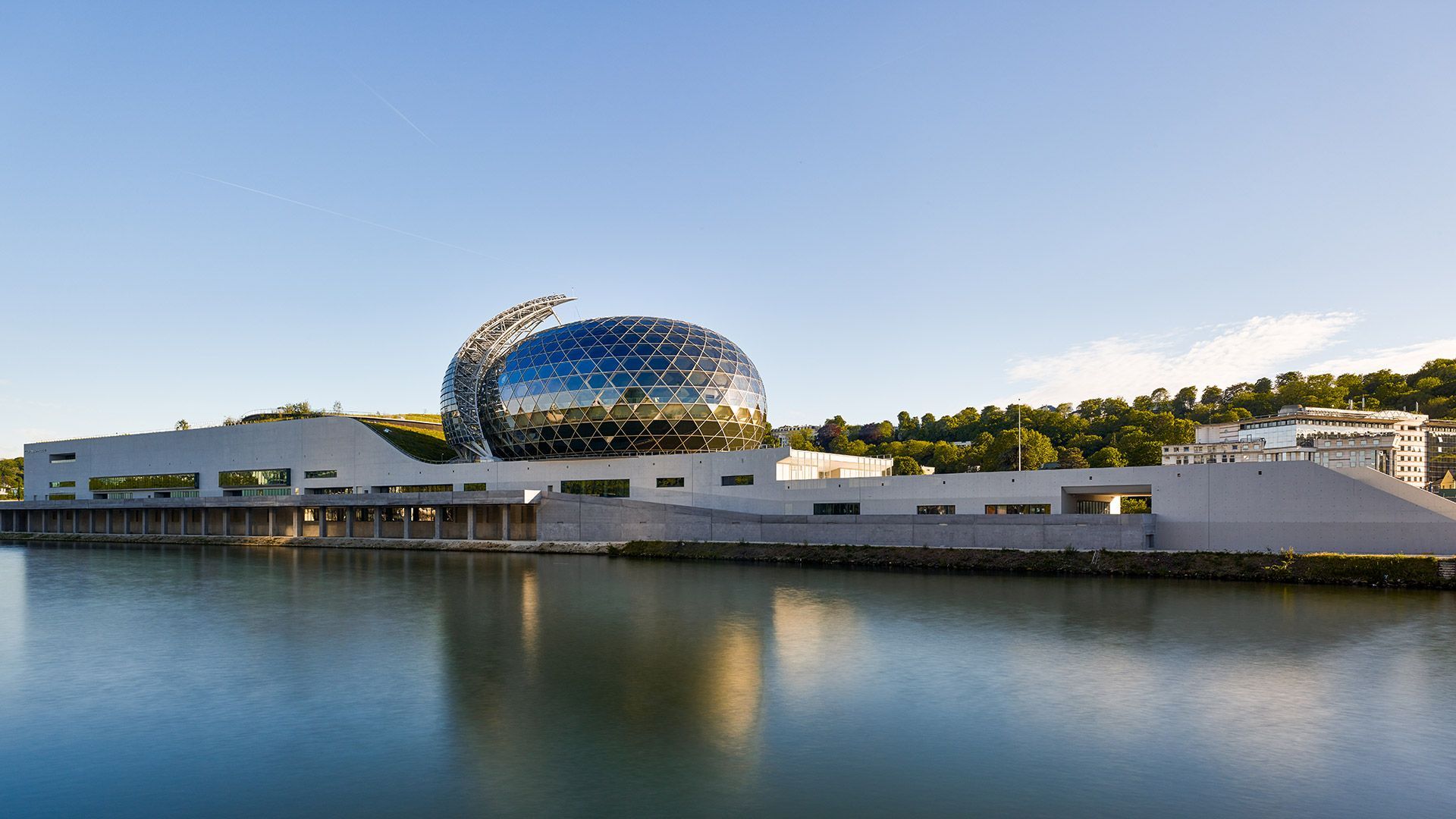
As you immerse yourself in the 2024 Olympics, take time to explore the rich cultural landscape of Paris. Each of these projects offers a unique perspective on the city's evolution and serves as evidence of its enduring creativity and innovation. Enjoy the games and the breathtaking buildings that Paris has to offer!


